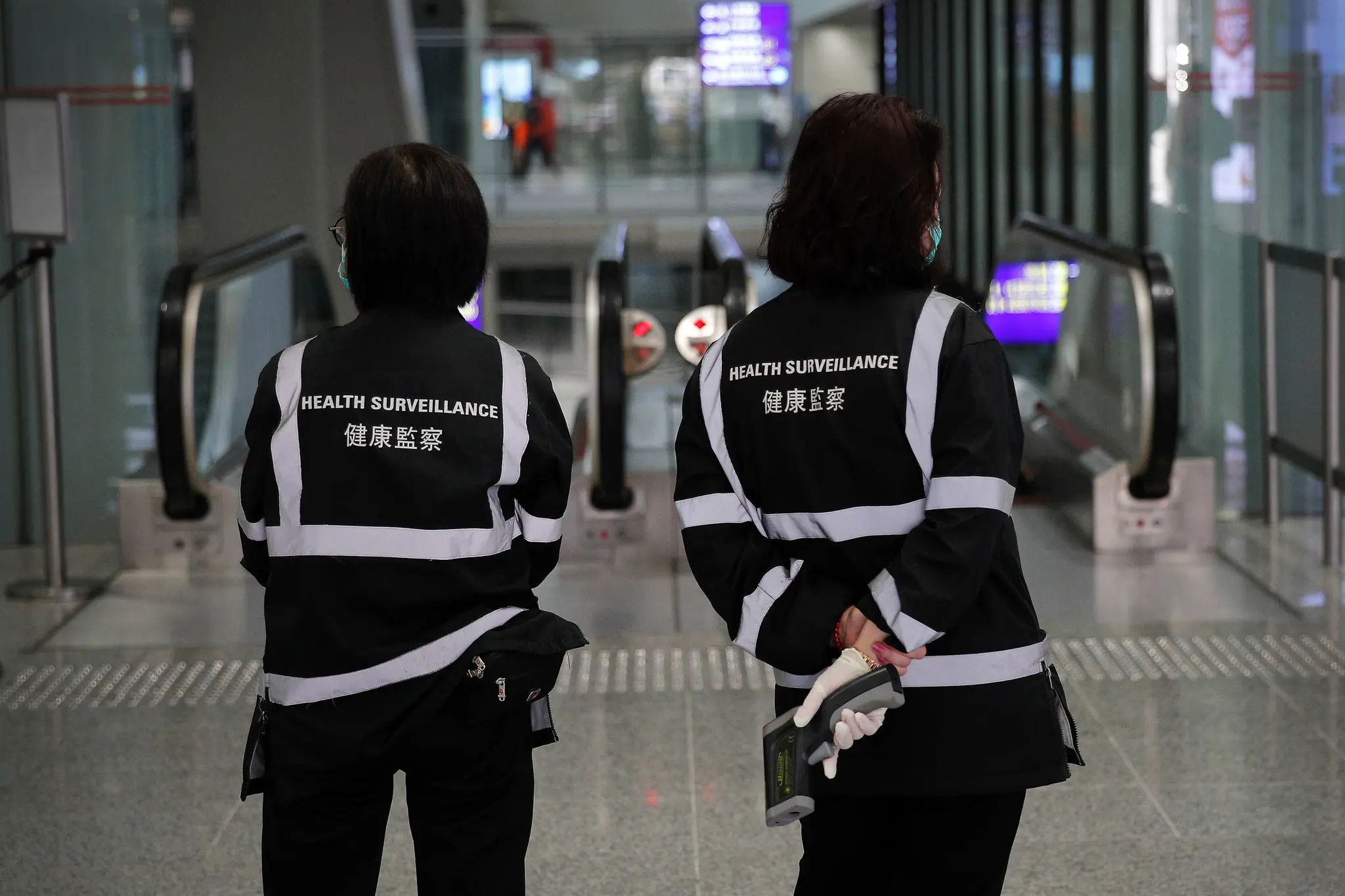China Confirms Discovery of Novel Coronavirus Behind Mysterious Pneumonia Cases
Chinese health authorities have identified a new coronavirus as the source of a cluster of pneumonia-like illnesses in Wuhan. The announcement marks a critical moment in tracing the origins of what could become a global health concern.
In early January 2020, Chinese health officials announced the identification of a novel coronavirus as the cause of a mysterious outbreak of pneumonia-like illnesses in the central city of Wuhan. The newly discovered virus, later named SARS-CoV-2, sparked international concern as scientists began to examine its origin, characteristics, and potential for human transmission. The announcement marked a pivotal moment in what would later become the COVID-19 pandemic.
At the time, however, the outbreak was limited to dozens of patients, many of whom had links to a seafood market in Wuhan. The virus was unknown to science, raising alarms within the global health community about the emergence of a new infectious threat. ### Early Signs of an Unfamiliar Illness
The first cluster of patients presented symptoms including high fever, difficulty breathing, and lung inflammation.
These cases were initially reported to the World Health Organization (WHO) by Chinese authorities on December 31, 2019. The patients, ranging in age from their 20s to their 70s, had not responded to conventional treatments for known respiratory illnesses, including influenza, SARS, or MERS. The majority of early cases were linked to the Huanan Seafood Wholesale Market in Wuhan, which sold live animals alongside fish and meat.
Authorities quickly closed the market as a precautionary measure while health experts rushed to understand the disease. ### Identification of the Virus
Within a week of the initial report, scientists in China isolated the virus from patient samples and shared its genetic sequence publicly—an unusually rapid turnaround that allowed laboratories around the world to begin developing diagnostic tests. Researchers classified the pathogen as a member of the coronavirus family—a group of viruses that includes those responsible for the common cold, Severe Acute Respiratory Syndrome (SARS), and Middle East Respiratory Syndrome (MERS).
The new virus was initially referred to as “2019-nCoV” before it was officially named SARS-CoV-2. Unlike SARS or MERS, which emerged in 2002 and 2012 respectively, this virus appeared to spread more easily, even in its early stages. That feature would soon become one of the defining characteristics of the COVID-19 outbreak.
### What Are Coronaviruses?
Coronaviruses are a large family of viruses that can infect both animals and humans. Under a microscope, they appear crown-like—hence the name ‘corona. ’ In humans, they typically cause respiratory illnesses of varying severity.
Prior to 2003, most human coronaviruses were associated with mild colds. That changed with the arrival of SARS, which infected more than 8,000 people and killed nearly 800. The virus identified in Wuhan appeared genetically distinct from SARS, but shared enough similarities to raise concerns.
Like SARS and MERS, it is believed to have originated in animals—possibly bats or another wild animal that served as an intermediary host. ### International Reactions
The discovery of a new coronavirus triggered global alerts. The World Health Organization convened emergency meetings and issued guidance on surveillance, testing, and travel.
The U. S. Centers for Disease Control and Prevention (CDC) began screening passengers arriving from Wuhan at major airports.
Though human-to-human transmission had not yet been confirmed at the time of the announcement, experts were wary. “Whenever we see a new respiratory virus of unknown origin, especially one linked to animals, we must act swiftly and carefully,” said Dr. Tom Frieden, former CDC director.
Governments in neighboring Asian countries, including Thailand, Japan, and South Korea, heightened airport screenings and began preparing hospitals for potential cases. ### Transparency and Scrutiny
Unlike the SARS epidemic in 2003—when Chinese authorities were criticized for withholding information—Beijing’s response in 2020 was more transparent. Researchers released genetic sequences and preliminary epidemiological data to global databases, which helped international labs develop early test kits and prepare for surveillance.
However, questions remained. Independent observers and health watchdogs expressed concern that early cases might have been undercounted, or that the virus had been circulating earlier than reported. Some experts warned that delays in recognizing human-to-human transmission could cost precious time in containing the outbreak.
### The Seafood Market and Animal Origins
Investigators initially believed the virus originated from live animals sold at the Huanan Seafood Market, a crowded and poorly regulated space. Similar markets had been implicated in the emergence of SARS, and the WHO called for immediate reviews of animal handling practices. Experts suspected the new coronavirus jumped from animals to humans, possibly through contact with live mammals like civets, pangolins, or bats.
Genetic sequencing pointed toward similarities with known bat coronaviruses, though a definitive source had not yet been confirmed. Environmental samples from the market tested positive for the virus, but it remained unclear whether those samples reflected the virus’s original source or merely its spread. ### Mild Cases May Be Going Undetected
Chinese officials initially reported that most patients had severe pneumonia and required hospitalization.
However, as more cases were identified, some doctors speculated that many infections might be milder and going undetected. This possibility suggested that the virus’s reach could be wider than assumed. If the virus was circulating more broadly through asymptomatic or mildly symptomatic individuals, containment would become significantly harder.
“The presence of mild or asymptomatic infections is a real challenge,” said Dr. Nancy Messonnier of the CDC. “That makes it harder to detect and easier to spread.
”
### Preparing for What Comes Next
As January 2020 unfolded, health experts across the globe monitored the situation closely. Some warned that the world might be facing the early stages of a global epidemic. Hospitals began reviewing their infection control procedures.
Governments stocked up on masks, gowns, and respirators. Airlines adjusted flight schedules. Scientists worked around the clock to understand the virus’s genetic makeup, transmission pathways, and incubation period.
“This is a critical time,” said Dr. Maria Van Kerkhove of the WHO. “We are still in the early stages, and what we do now will determine whether this outbreak can be contained.
”
### A Turning Point in Global Health
The identification of the novel coronavirus in early 2020 was a milestone in the history of infectious diseases. What started as a local mystery would soon ignite one of the most consequential global health emergencies of the modern era. At the time of the announcement, no one could have predicted the full scale of what was coming: global lockdowns, millions of deaths, and a massive upheaval in every sector of society.
But even in those early days, the scientific community recognized the urgency. The race to learn more about this new virus had begun—and the world was watching.




